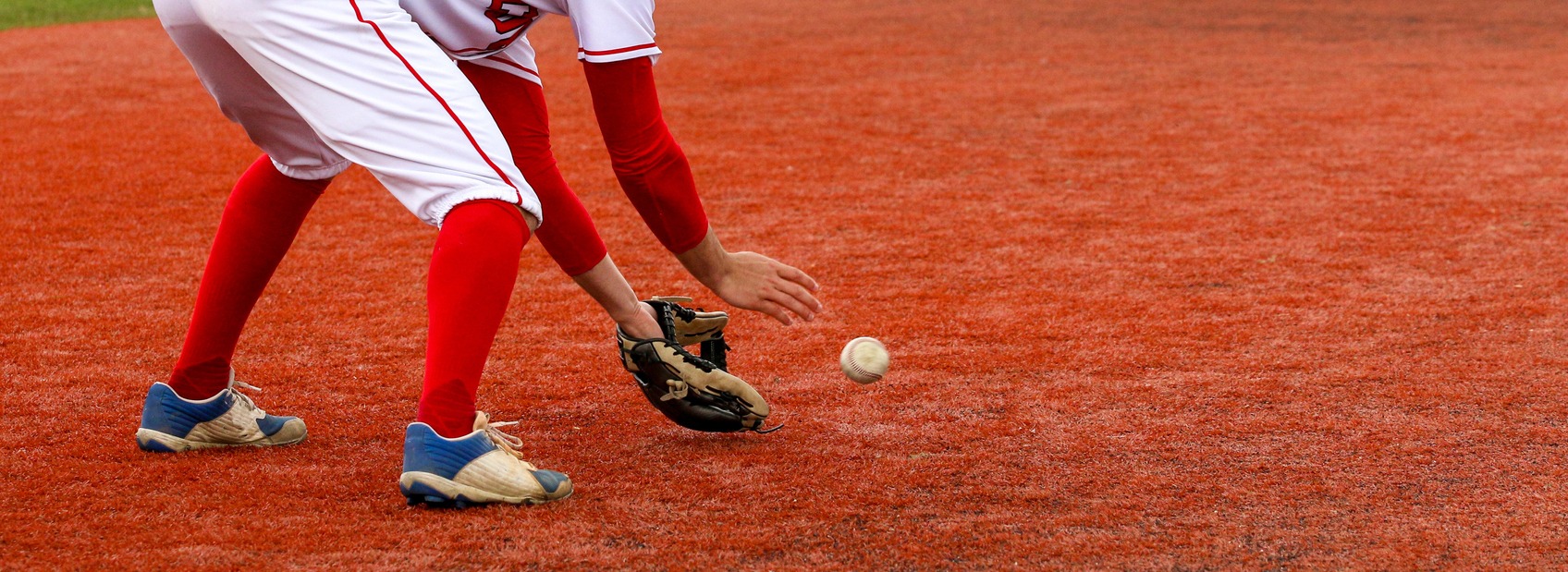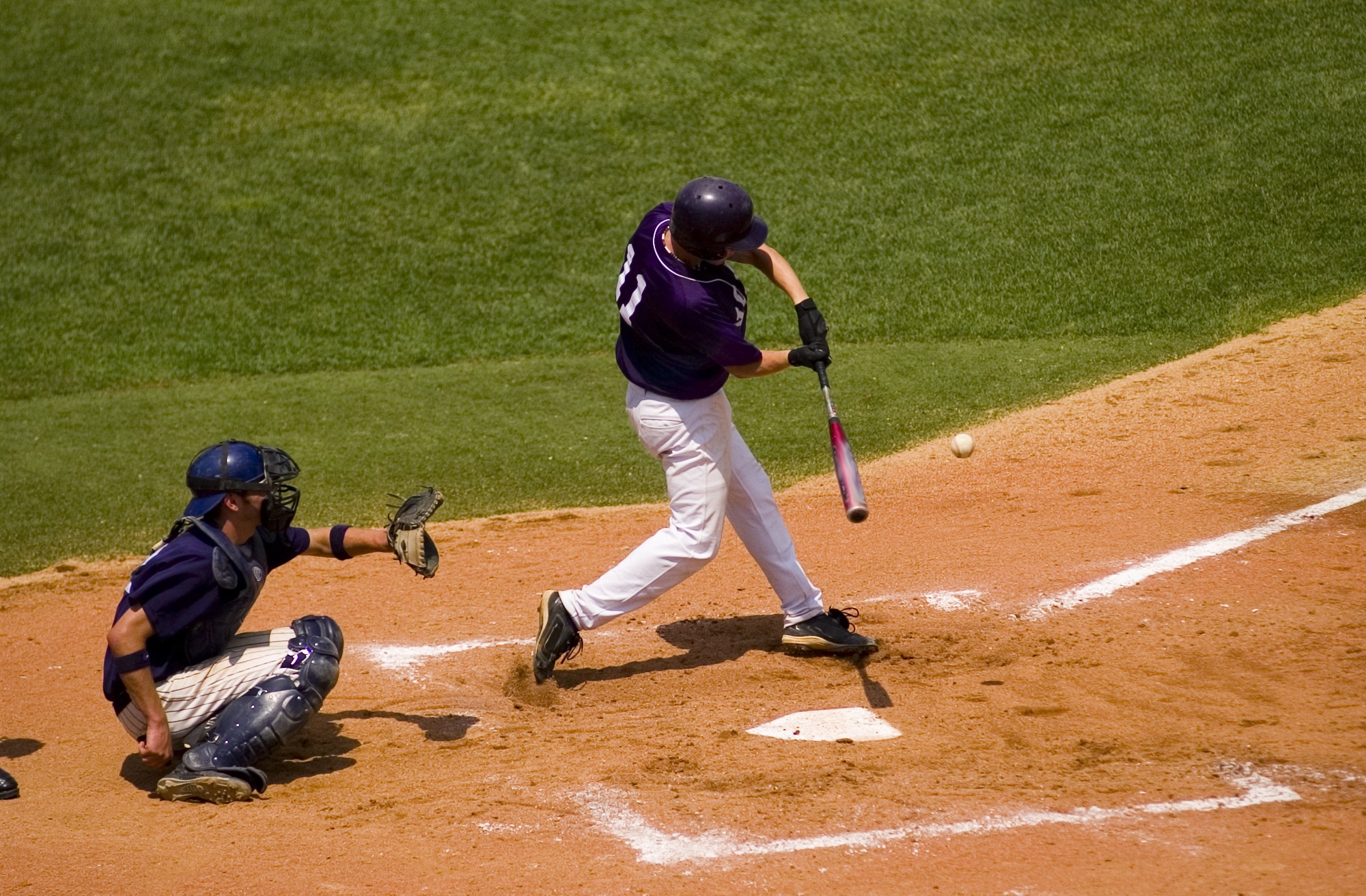Chances are you’ve probably heard a handful of baseball athletes in the big league being regarded as “5-Tool Players” and pondered what that esteemed title actually meant. Well, that is something you should be aiming for if you’re thinking of playing the sport on a professional level.
Scouts and MLB evaluators use these “5 Tools” to assess players on a 20-80 scale and see how they compare to other current MLB players. If you score highly on these qualities, you’ll be an all-around player and a valuable and strategic addition to any team.
Just be wary that this grading system is only applicable to position players only, as there’s a different scale scout use to see how pitchers compare to each other.
So, what are the five tools in baseball? Read on to learn more.
Tool #1: Speed
Speed is an underrated skill in baseball. While this tool doesn’t gain the most attention and though baseball players don’t need to be really fast to succeed, you can spell the fate of your team within a quick period, securing a win or losing the game. For example, you can overturn the outcome of the game by stealing a base or two, keeping the pitcher guessing, avoiding double plays, and allowing outfielders to cover more ground.
Also called the “run tool,” the two most commonly used measures for speed are the 30-yard dash, which is the distance between the home plate and the 1st base, and the 60-yard dash, which is the distance between the 2nd base and the home plate. Some baseball players are not that speedy but they still earn high points in this area due to their excellent knowledge in running base paths.
Tool #2: Arm Strength
Same with speed, arm strength is a tool that people gloss over but is highly essential to the game. Basically, it refers to your throwing velocity or how hard you can throw the ball. Having great arm strength and the ability to throw the ball hard from the outfield and across the diamond can quickly shift the momentum in favor of your team.
To develop arm strength, some of the things you could do include performing long toss exercises, learning the correct body rotation technique, ensuring proper stance and balanced position, practicing more flexibility in your arm, and maintaining sound health.
Just remember that arm strength alone cannot do wonders. It requires accuracy, coordination, and the correct mechanics so you can shoot lasers directly at your targets, regardless of your position on the field.
Tool #3: Fielding Ability
“Defense wins championships” is an old adage that still proves to be true in baseball, as well as in other sports. Having a strong foundation on defense is critical to a team’s success and massively improves the chances of the team winning and a strong defense can simply make magic happen.
As such, it’s no surprise why the fifth tool – fielding ability – also brings lots of excitement. It’s thrilling to see exceptional defenders confusing and frustrating their opponents while ensuring that their team can bat prior to the end of the half-inning.
Improving your fielding ability is pretty simple. You must constantly work on your skill in fielding. It’s a continuous learning process and day by day you’ll get more comfortable with your abilities. Go out on the field daily and shag pop-flies or take ground balls. Then, improve your athleticism, aim to be more agile, and hone your hand-eye coordination and body awareness, you should be able to field the ball cleanly as you wish.
Tool #4: Hitting for Average
Also called simply “the hit tool,” hitting for average is perhaps the most prized skill for a position player. It is a key building block that if you possess, can secure your spot in the starting line-up. Hitting for average means that you’re doing things right like utilizing the entire field, hitting the ball with immense power, making consistent contact and not striking out, and batting the ball with excellent accuracy.
If you excel in all of them, the result will be a high batting average with a relatively low ratio between strike out and plate appearance. Few of the things that you should concentrate on when training for this tool include timing, approach, and mechanics. You must also improve your vision, discipline, and consistency, as some scouts take these areas into account in this tool as well.
Tool #5: Hitting for Power
While defensive players are exciting to watch, it’s the power hitters who often get most of the love and applause from the spectators. Also called “power tool,” power entails hitting the ball with incredible strength and letting the ball fly a great distance.
While some say that you can teach power, there are a lot of ways to develop this tool. These include improving your approach, timing, and mechanics, and doing drills for training launch angles and batted ball exit speed. Once you’re able to crush the baseball, your chances of getting a home run and propelling your team to victory increases.
The Sixth Tool?
In recent years, developments in the sport also cause scouts to include other tools to evaluate players, such as baseball IQ, aggressive play, mental toughness, and “can do” attitude. While these metrics aren’t measurable, it’s very essential that players possess them, especially those who intend to play and perform at a high level.
Takeaway
These five tools are the “barometer” that scouts use to gauge the abilities of a player. Truth to be told, there are only a few notable players who had all these basic tools on full display.
Some of them include Barry Bonds, an MVP with 400 home runs and steals, Ty Cobb, whose reputation as a five-tool player is unquestionable, and Willie Mays, a player who is the epitome of balanced flexibility and power. Ichiro Suzuki, Vladimir Guerrero, Mickey Mantle, Dave Winfield, and Hank Aaron are other freaks of nature who could do it all.
If you want to be at par with them, start working! Go out on the field, practice, and put your skills into action.




